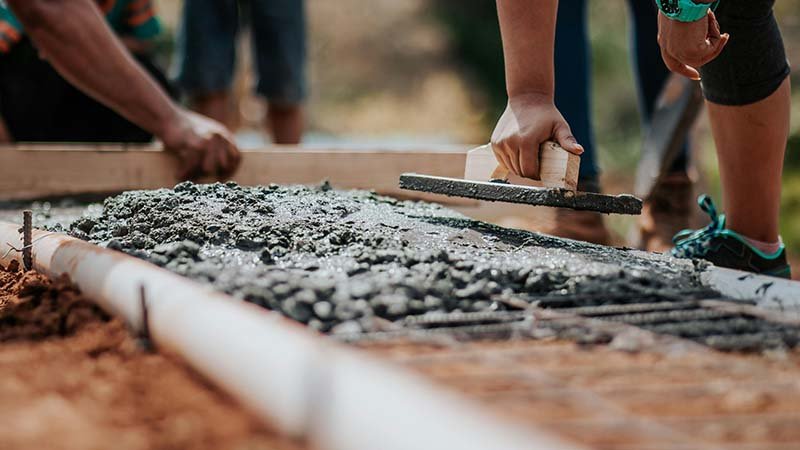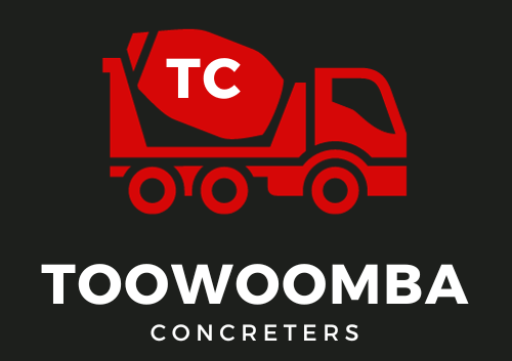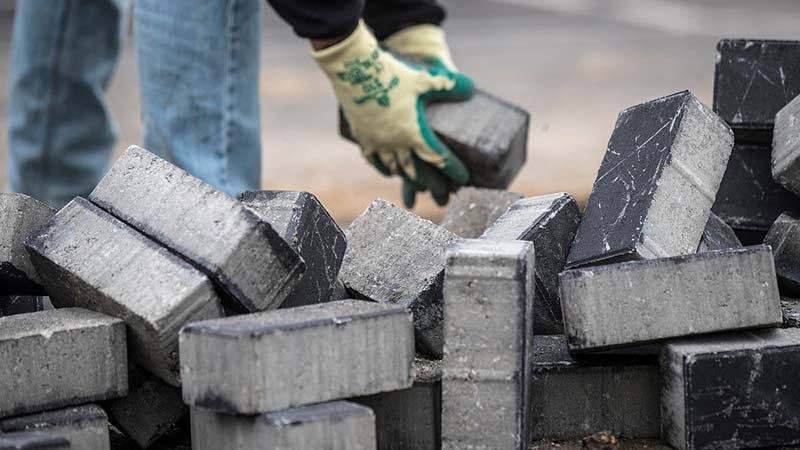Traditional concrete has a significant environmental impact, while sustainable concrete offers a greener alternative for construction projects, reducing your carbon footprint without sacrificing strength and durability. This guide provides practical steps for incorporating sustainable concrete into your builds. Sustainable concrete significantly lowers the carbon footprint of construction compared to traditional concrete, which is carbon-intensive due to cement production. Sustainable mixes utilise supplementary cementitious materials like fly ash or slag, reducing the need for new cement. Locally sourced materials minimise transportation emissions, and options like pervious concrete improve stormwater management, benefiting local drainage and groundwater recharge. For those looking to understand concrete mixes better, our guide on concrete mixes provides valuable insights.
Benefits of Sustainable Concrete
Sustainable concrete offers numerous advantages for homeowners. It’s environmentally friendly, minimising your impact on the local ecosystem. Its durability ensures long-term cost savings through reduced repairs and maintenance. Choosing sustainable concrete contributes to a greener. While the initial cost might be a concern, the long-term financial and environmental benefits outweigh the upfront investment. Sustainable concrete performs exceptionally well, meeting the demands of various project types. For larger projects, understanding the embodied carbon of your materials is crucial for accurate carbon accounting and reporting. This information is often available from suppliers and can help you make the most sustainable choices.
Choosing the Right Concrete
The best type of sustainable concrete depends on your project’s specific needs. Pervious concrete is ideal for driveways due to its water permeability. For patios or walkways, polished concrete with fly ash offers a durable and aesthetically pleasing finish. Retaining walls benefit from concrete with recycled aggregates for enhanced strength and reduced environmental impact. Local suppliers, such as Boral and Hanson, offer a range of sustainable concrete options. Consider factors like load-bearing requirements, desired aesthetic, and environmental priorities. Consult with local suppliers for tailored recommendations. Also, consider the long-term maintenance requirements of different concrete types. While sustainable concrete is generally durable, understanding the specific maintenance needs of your chosen mix can help prevent premature deterioration and ensure long-lasting performance.
As you research sustainable building practices, you’re likely also interested in promoting your own eco-conscious projects and reaching a wider audience. A strong online presence is key to attracting clients and partners who share your values. This is where our Free SEO Audit Checklist comes in handy. It provides a comprehensive guide to optimising your website, focusing on key areas like on-page SEO, backlinks, and site speed. Ready to take your website’s ranking to the next level? Download our Free SEO Audit Checklist and start optimising today! Leave your email below, and we’ll send you the checklist instantly. Plus, get a complimentary 15-minute consultation to review your site’s performance.

DIY Sustainable Concrete: A Step-by-Step Guide
Project Assessment
Define your project’s scope (patio, walkway, retaining wall, etc.). This determines the best sustainable concrete mix. For patios and walkways, consider factors like foot traffic and desired aesthetic. For driveways, assess vehicle load and drainage needs. Retaining walls requires specific strength considerations based on height and soil conditions. A thorough project assessment is crucial for selecting the right materials and ensuring the long-term success of your project. A detailed plan will also help you accurately estimate material quantities and avoid costly overruns or delays.
Calculate Concrete Needs
Accurately calculate the required concrete volume to minimise waste. For rectangular areas, use length x width x depth. For irregular shapes, break the area into smaller, manageable sections and calculate each separately. Add 5-10% extra to account for spills and variations. Precise calculations are essential for minimising waste and maximising efficiency. Consider using online concrete calculators to ensure accuracy and account for specific project dimensions.
Source Sustainable Materials
Several suppliers offer eco-friendly concrete options.
- Boral: Offers concrete mixes incorporating recycled aggregates and supplementary cementitious materials.
- Hanson: Provides low-cement concrete options and promotes sustainable sourcing practices.
When sourcing materials, inquire about the supplier’s sustainability certifications and practices. Choosing suppliers committed to environmental responsibility ensures your project aligns with your green building goals. Understanding the environmental impact of material transportation is also important. Opting for locally sourced materials reduces transportation emissions and supports the local economy.
Eco-Friendly Site Preparation
Minimise environmental impact during site preparation. Use hand tools instead of heavy machinery where possible to reduce soil disturbance. Control erosion with biodegradable blankets. Proper site preparation is essential for a successful concrete project. Consider the existing landscape and minimise disruption to the natural environment. Protecting surrounding vegetation and minimising soil erosion are key aspects of sustainable site preparation.
Efficient Mixing and Pouring
Correct mixing ratios and pouring techniques are crucial for achieving the desired strength and finish while minimising waste. Use a concrete mixer for larger projects to ensure a homogenous mix. Follow supplier instructions for optimal results. Efficient mixing and pouring techniques are essential for achieving the desired concrete properties and minimising waste. Proper mixing ensures consistent strength and durability, while careful pouring prevents spills and ensures a smooth, even surface.
Curing for Optimal Strength
Proper curing maximises strength and durability. Keep the concrete consistently moist for at least seven days by covering it with plastic sheeting or spraying it with water. Curing is a critical step in the concrete setting process. Proper curing ensures the concrete achieves its maximum strength and durability. Maintaining consistent moisture levels during the curing period prevents cracking and surface defects.
The Future of Sustainable Concrete
Advancements in sustainable concrete technology promise exciting possibilities. Self-healing concrete, incorporating bacteria that produce calcium carbonate, automatically repairs minor cracks, extending lifespan and reducing maintenance. Pollution-absorbing concrete, using titanium dioxide, neutralises harmful pollutants, improving air quality. These innovations offer more durable, resilient, and environmentally beneficial concrete solutions. The University of Southern Queensland is actively involved in research on sustainable concrete technologies, contributing to these advancements. Staying informed about the latest advancements in sustainable concrete technology is essential for making informed decisions about your projects. Researching new materials and techniques can help you minimise your environmental impact and maximise the long-term benefits of your construction choices.
A Greener Future
The shift towards sustainable construction is growing. By choosing sustainable concrete, you contribute to a healthier future for the community. The reduced urban heat island effect from lighter-coloured concrete can contribute to cooler surroundings while using locally sourced materials minimises transportation emissions and supports the local economy. Supporting local businesses that prioritise sustainable practices strengthens the local economy and promotes a more sustainable future. Choosing sustainable concrete is an investment in the future of the city and contributes to a healthier environment for everyone.
Sustainable Concrete: Making a Difference
Sustainable concrete is a durable, cost-effective, and environmentally responsible choice. By following the steps outlined, you can contribute to a greener. Every sustainable choice makes a difference. Choosing sustainable concrete is not just about individual projects; it’s about contributing to a larger movement towards environmentally responsible construction. By embracing sustainable practices, you become part of a community working towards a greener future.
For those committed to sustainable practices, effectively communicating your efforts online is essential. Having a website optimised for search engines can significantly expand your reach and attract like-minded individuals and businesses. Our Free SEO Audit Checklist provides a step-by-step guide to improving your website’s visibility and ranking. Don’t miss out on the opportunity to boost your website’s performance. Download our Free SEO Audit Checklist now and start seeing results. Enter your email below, and we’ll send the checklist directly to your inbox, along with a free 15-minute consultation to discuss your site’s performance.
Townsville Concreting Company
Toowoomba Concreters
Toowoomba Concreters




